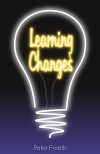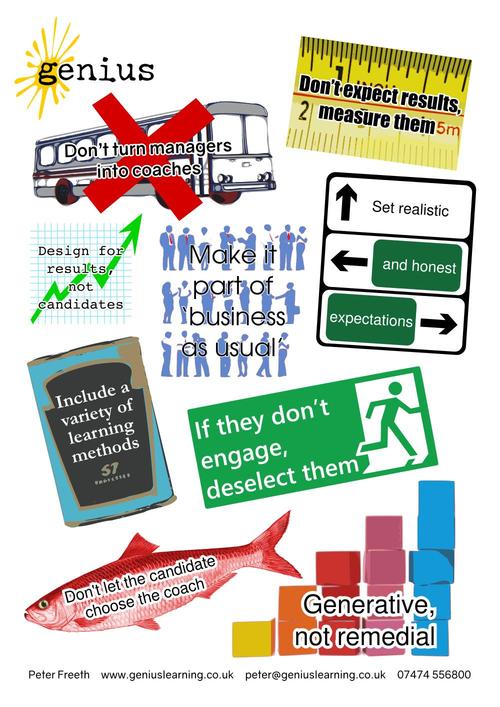
Recent research shows why we need to take breaks or change the pace regularly when learning.

ILM set out to investigate the extent to which organisations are embracing the development practice of coaching. The survey of learning and development managers, decision makers at 250 large organisations, revealed a number of important findings.

More and more organisations are using coaching as a L&D intervention, or even as a surrogate for good management practice. Some evidence says that coaching is highly effective in the organisational context, but is notably lacking in any hard evidence of organisational outcomes.
What, then, are the factors that influence the success of organisational coaching?
Download a sample modelling report which details the innate talents and behaviours of expert mediators and facilitators within a professional services and industry standards organisation.
These people manage to gain consensus over new industry standards between parties who have very opposing views, in an industry which is traditionally unionised and adversarial in nature.
Download a sample modelling report which details the innate talents and behaviours of high performing store managers in a national food and convenience retailer.
Modelling is the process of identifying, extracting, coding and replicating the innate perceptions, thought processes, beliefs and behaviour of high performers.
Typically, any organisation or team has a number of high performers who consistently outperform the average. It is becoming increasingly common that organisations have two sets of measurement criteria; explicit, task focused criteria such as sales targets and customer service metrics, and implicit, cultural criteria such as attitude, working environment and customer experience.
